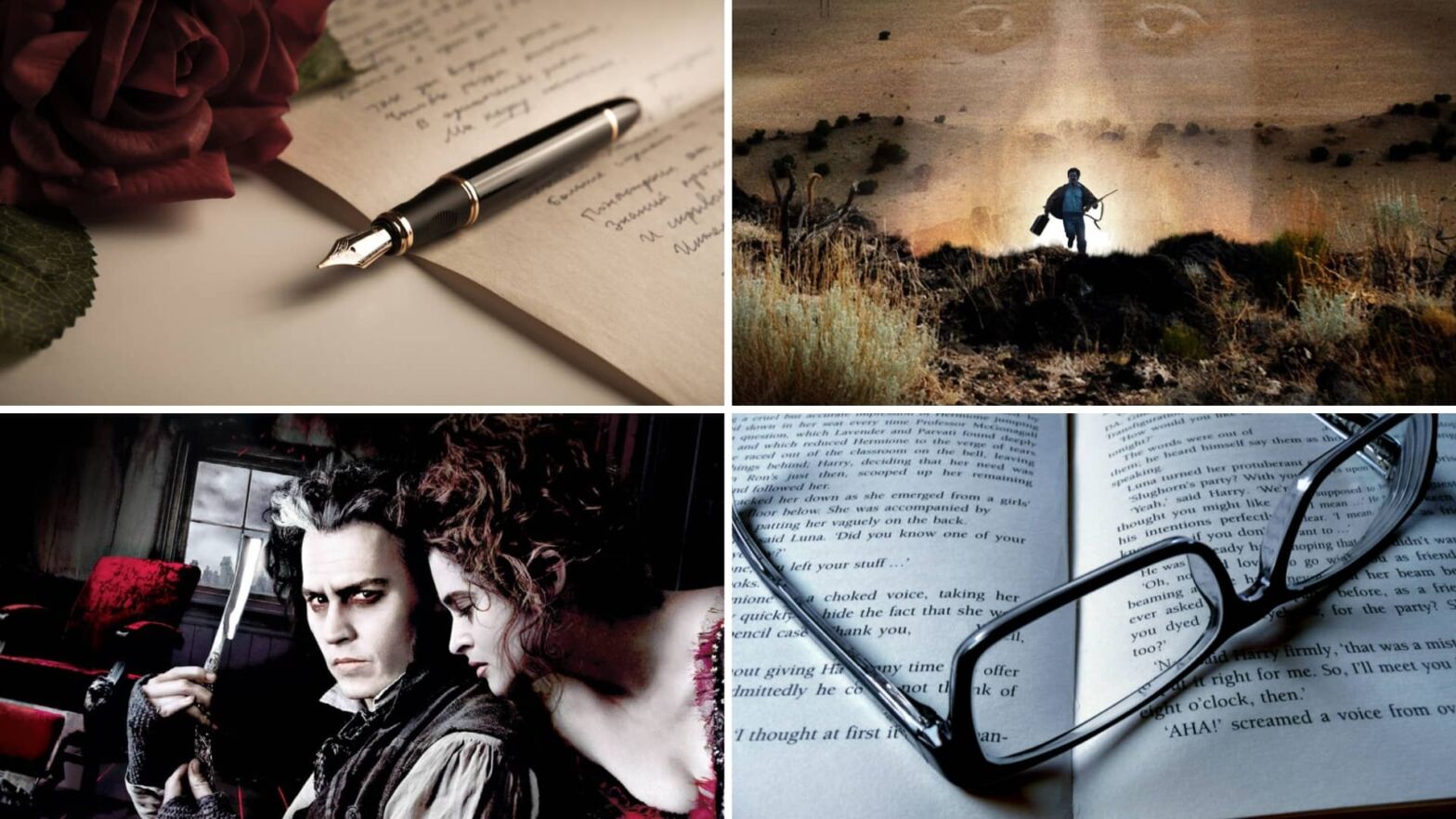One of the most effective ways at making a line of text in literature memorable is by creating rhythm. Writers have a few ways of creating rhythm such as rhyming and alliteration. However, both can become redundant because of their more obvious nature. A more subtle literary device that creates rhythm is assonance. What is assonance? The effects of assonance are similar, but are technically achieved in a different way. In this article, we’ll discover how by looking at the assonance definition and examples.
What is assonance
First, let’s define assonance
Among the numerous literary devices, assonance may be one of the lesser known tools. Although it may not be as commonly understood, it is definitely commonly used. Before we analyze the assonance meaning and examples, let’s establish a basic assonance definition.
ASSONANCE DEFINITION
What is assonance?
Assonance is the repetitive use of vowel sounds within a single line of text. Assonance is most commonly found in poetry and lyrical music. Often referred to as “vowel rhyming,” assonance typically utilizes recurring vowel sounds in the middle of consecutive words. These words have to be close together in a line of text so that the repetition of the vowel sound is more noticeable.
Assonance Examples
- "If I bleat when I speak it's because I just got . . . fleeced." — Al Swearengen
- "Hear the mellow wedding bells" — Edgar Allen Poe
- "Strips of tinfoil winking like people" — Sylvia Plath
What is assonance
What is assonance used for?
The main function of assonance is to create rhythm in text. This is why many poets use assonance, consonance, and alliteration. The repetitive use of a vowel sound can create rhythm in a reader’s mind and rhythm can make a line more memorable. While alliteration is similar in function, it is different in technique. What is the difference between assonance vs alliteration? This video explains.
Whats assonance? Alliteration vs Assonance
When utilizing assonance, different vowel sounds can also have different effects. The repetitive use of the “oo” sound in words can elongate a line of text making it sound somber or even melancholy. The short use of an “i” or “e” sound can make a line quicker paced and more energetic.
Assonance is considered more subtle than traditional rhyme and can be used more frequently while remaining less redundant than rhyming. However, this does not mean they should be used in every line as they, like any literary device, lose effectiveness if over used.
Consonance is also nearly the same technique but instead of repeating vowel sounds, it involves repeating consonant sounds.
Related Posts
Assonance examples in poetry
Assonance in poetry
What is assonance in action? One of the most iconic poets, Edgar Allen Poe, frequently utilized this technique for the rhythm and musicality it brought to a line of text. In his poem “The Raven” (1845), Poe uses the technique in a similar structure in multiple consecutive lines to create a rhythm.
“Once upon a midnight dreary, while I pondered, weak and weary,
Over many a quaint and curious volume of forgotten lore —
While I nodded, nearly napping, suddenly there came a tapping,
As of some one gently rapping, rapping at my chamber door.”
Poe’s use of this technique is effective as it fits within a rhyme. Another iconic poet that uses this technique is Robert Frost. Let’s take a look at a segment of ‘Stopping by Woods on a Snowy Evening’ by Robert Frost to analyze how assonance can be rhythmically used to lead up to a rhyme.
“He gives his harness bells a shake
To ask if there is some mistake.
The only other sound’s the sweep
Of easy wind and downy flake.”
Assonance takes some thought and intentionality to be effective. The spacing of the words with the repetitive vowel sounds must be closer together to make the repetition more noticeable. As you can see from these assonance examples, it is extremely effective at making a line of text in poetry both rhythmic and memorable. But how is this technique used in more modern, popular culture? Let’s dive deeper into the assonance meaning and examples in pop culture.
Assonance examples
Assonance in popular culture
In the realm of popular culture and music, assonance is commonly used in titles of movies and plays. One of the Coen brothers’ best films No Country for Old Men uses the “o” vowel sound resulting in an incredibly memorable title. The musical and film adaptation Sweeney Todd: The Demon Barber of Fleet Street uses assonance with the “ee” sound.
This technique even carries over into music, primarily in rap and hip hop. One of the masters of lyrical assonance is Eminem. His use of assonance gives every line a musicality and rhythm even if the lines lack an actual rhyme.
Check out this video that breaks down how Eminem uses assonance in the song “Patiently Waiting” and why it helps make his lyrics so great.
What Is Assonance In Rap? Assonance examples
As you can see from some of the assonance examples we’ve examined in this article, it has been employed by writers of various mediums. If you are looking for a subtle way to incorporate rhythm into your poetry, film title, or even lyrics, this is a profoundly effective tool.
Related Posts
UP NEXT
All the ways writers use alliteration
Assonance has a few literary cousins that are also used to create rhythm in text. One of those cousins is alliteration. In our next article, we break down the definition of alliteration and analyze a few examples from literature and film that will help spark inspiration for writers of all mediums.
